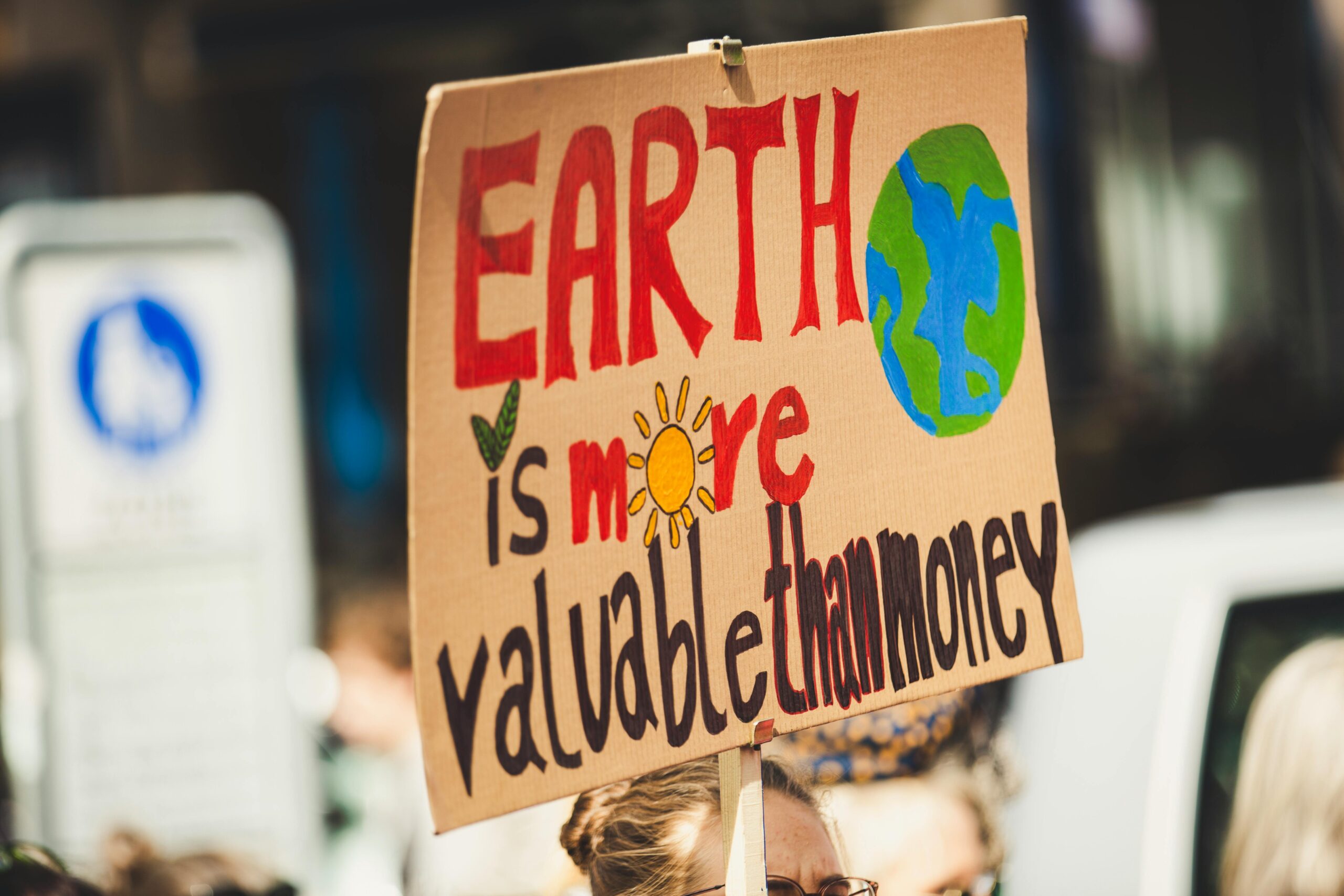Spiritual ecology merges ancient wisdom with modern environmental action, creating a powerful movement that views nature as sacred and activism as spiritual practice. 🌍
The world stands at a crossroads. Climate change, biodiversity loss, and environmental degradation threaten our planet’s future. Yet amid these challenges, a transformative movement is rising—one that recognizes the deep spiritual connection between humanity and Earth. This fusion of spirituality and ecology isn’t just about saving trees or reducing carbon emissions; it’s about awakening to our fundamental relationship with all living things and channeling that awareness into meaningful action.
Spiritual ecology represents more than an intellectual framework. It embodies a lived experience where environmental activism becomes a sacred practice, and protecting nature becomes protecting the divine. This perspective transforms how we approach environmental challenges, moving from fear-based reactions to love-based responses, from exploitation to reverence, from separation to interconnection.
🌱 Understanding Spiritual Ecology: Where Sacred Meets Sustainable
Spiritual ecology emerges from the recognition that environmental crises are fundamentally spiritual crises. When we view nature merely as a resource to exploit, we disconnect from the web of life that sustains us. This worldview, dominant in industrial societies, treats Earth as inert matter rather than living being, leading to extraction without reciprocity and consumption without consciousness.
At its core, spiritual ecology acknowledges that everything is interconnected. Indigenous traditions worldwide have maintained this understanding for millennia. The Aboriginal concept of “Country,” the Native American understanding of “all my relations,” and the Buddhist principle of interdependence all point toward the same truth: we are not separate from nature but intimately woven into its fabric.
This perspective radically shifts environmental activism. Rather than approaching conservation from purely scientific or economic angles, spiritual ecology adds a crucial dimension: the recognition of intrinsic value. A forest isn’t valuable only for its carbon sequestration or timber potential—it possesses inherent worth as a living community, deserving protection simply because it exists.
The Historical Roots of Earth-Centered Spirituality
Throughout human history, most cultures maintained sacred relationships with nature. Ancient Greeks honored specific gods for mountains, rivers, and forests. Celtic traditions recognized the spirit in every tree and stone. Eastern philosophies emphasized harmony with natural cycles. Even Abrahamic traditions contain threads of creation care, though often overshadowed by dominion theology.
The modern spiritual ecology movement draws from these diverse traditions while responding to contemporary environmental challenges. Pioneering thinkers like Thomas Berry, who described the universe as a “communion of subjects rather than a collection of objects,” helped articulate this ancient wisdom in contemporary terms. Deep ecologists like Arne Naess challenged anthropocentric worldviews, proposing that all life forms possess equal right to flourish.
✨ The Awakening: From Consciousness to Action
Spiritual awakening to our connection with Earth often begins with direct experience. A moment in wilderness where we feel ourselves as part of something vast and sacred. The grief that arises when witnessing environmental destruction. The joy of tending a garden and participating in nature’s generative power. These experiences crack open our conditioned separation from the natural world.
This awakening isn’t passive. It naturally generates what Joanna Macy calls “active hope”—a commitment to act for the sake of life even without guarantees of success. When we recognize Earth as sacred, harming it becomes unthinkable. Protecting it becomes not a burden but a calling, not sacrifice but service to what we love.
The transition from awareness to activism follows a natural progression. First comes connection—developing direct relationships with particular places, ecosystems, or species. Then understanding—learning about ecological systems and the specific threats they face. Finally, engagement—taking concrete actions aligned with our values and capacities.
Practices That Deepen Connection
Spiritual ecology offers numerous practices for strengthening our bond with Earth:
- Nature-based meditation: Sitting quietly in natural settings, opening senses to the more-than-human world, listening deeply to what nature communicates.
- Ecological grief rituals: Creating sacred space to honor what’s been lost—extinct species, destroyed habitats, disrupted ecosystems—transforming numbness into engaged caring.
- Bioregional awareness: Learning the names, relationships, and stories of local plants, animals, watersheds, and seasonal patterns in your home ecosystem.
- Gratitude practices: Regularly acknowledging the gifts we receive from Earth—water, food, beauty, inspiration—cultivating reciprocity rather than entitlement.
- Council of All Beings: Role-playing other species to develop empathy and hear nature’s perspectives on environmental challenges.
These practices aren’t separate from activism; they fuel it. They prevent burnout by grounding action in love rather than anger. They provide the spiritual resilience needed for long-term engagement with difficult issues. They remind us why we fight when challenges seem overwhelming.
🌿 Spiritual Activism: Integrating Inner and Outer Change
Traditional environmental activism sometimes separates means from ends, using whatever tactics seem effective regardless of whether they reflect the world we’re trying to create. Spiritual activism insists that how we act matters as much as what we accomplish. It recognizes that sustainable change requires transformation both in external systems and internal consciousness.
This approach manifests in several distinctive characteristics. Spiritual activists typically emphasize nonviolence, recognizing that violence toward others contradicts reverence for life. They practice compassion even toward those causing harm, understanding that everyone is conditioned by systemic forces. They attend to emotional and spiritual wellbeing alongside strategic effectiveness, knowing that sustainable movements require sustainable activists.
Forms of Spiritually-Grounded Environmental Action
Spiritual ecology inspires diverse forms of activism, each expressing the sacred-activist integration differently:
Regenerative agriculture and permaculture: These approaches treat farming as spiritual practice, working with natural systems rather than against them. Practitioners view soil as sacred, recognize plants as teachers, and design food systems that heal both land and community. Every garden becomes an act of resistance against industrial agriculture and an expression of partnership with Earth.
Sacred activism and prayer vigils: Bringing explicit spiritual practice to environmental causes—prayer circles at pipeline construction sites, meditation during protests, sacred ceremonies honoring threatened places. These actions declare that environmental protection is fundamentally a spiritual issue, not merely political or economic.
Eco-chaplaincy and spiritual guidance: Supporting activists’ inner lives through counseling, retreat facilitation, and spiritual direction. Recognizing that sustaining commitment to difficult work requires addressing grief, cultivating hope, and maintaining connection to purpose.
Creation care within faith communities: Religious groups worldwide are reclaiming environmental stewardship as central to their traditions. Christian creation care, Islamic environmental ethics, Jewish bal tashchit (do not destroy), Hindu and Buddhist environmentalism—all provide spiritual foundations for ecological action within established religious frameworks.
Indigenous-led movements: Many of the most powerful examples of spiritually-grounded environmentalism come from indigenous communities protecting sacred lands. The Standing Rock movement, Amazon rainforest defense, Australian Aboriginal land rights struggles—these combine spiritual devotion, cultural preservation, and environmental protection inseparably.
🌎 The Greener Future: Vision Drives Reality
Spiritual ecology doesn’t just critique what’s wrong; it envisions what’s possible. This visionary capacity proves essential because we can only create futures we can imagine. When environmental discourse focuses exclusively on apocalyptic scenarios, it paralyzes rather than motivates. Spiritual ecology balances honest recognition of crises with inspiring visions of regeneration.
What might a spiritually-informed green future look like? Imagine cities designed as living systems, where buildings produce more energy than they consume and rooftop gardens feed communities. Imagine economic systems that measure success by wellbeing rather than growth, where thriving within planetary boundaries replaces endless extraction. Imagine education that teaches ecological literacy and spiritual connection alongside conventional academics.
This isn’t naive utopianism. Practical examples already exist. Transition Towns redesign communities for resilience and sustainability. Bioregional movements reconnect people with local ecosystems. Gift economies create alternatives to extractive capitalism. Spiritual ecology provides the values and vision that guide these initiatives, the conviction that another world isn’t just necessary but possible and sacred.
Challenges and Criticisms
Spiritual ecology faces legitimate questions. Critics worry it romanticizes nature, ignoring that wilderness can be hostile and survival requires using natural resources. Some fear spiritual language alienates secular environmentalists or enables religious groups to impose values. Others question whether inner transformation can address structural problems requiring political and economic change.
Thoughtful spiritual ecologists acknowledge these concerns. They recognize that spirituality without strategic action accomplishes little, just as action without spiritual grounding proves unsustainable. The most effective approaches integrate multiple strategies—policy advocacy and personal practice, structural change and consciousness shift, scientific understanding and sacred reverence.
The key is avoiding false dichotomies. We need both inner work and outer action, both spiritual transformation and policy reform, both personal lifestyle changes and systemic restructuring. Spiritual ecology doesn’t replace other forms of environmentalism; it enriches them by addressing the meaning, motivation, and worldview dimensions often neglected.
💚 Practical Steps: Embodying Spiritual Ecology Daily
How can ordinary people integrate spiritual ecology into their lives? The path doesn’t require renouncing modern life or moving to wilderness. It begins with small shifts that gradually transform relationship with Earth.
Start by developing regular contact with nature, whatever that means in your context. Urban residents might tend houseplants mindfully, visit parks intentionally, or observe bird migrations. Suburban dwellers could transform lawns into native plant gardens. Rural people might learn the stories of their watershed or participate in habitat restoration.
Cultivate awareness of where your resources come from. Trace your water to its source, understand your foodshed, learn your energy grid. This knowledge reveals interconnections and illuminates where your choices matter. It transforms consumption from unconscious habit to conscious participation in Earth systems.
Find community with others on similar paths. Join or create groups for nature connection, environmental action, or spiritual ecology discussion. Isolation makes sustained engagement difficult; community provides support, accountability, inspiration, and collective power.
Integrate contemplative practices that deepen your relationship with Earth. This might mean meditation in nature, ecological readings as sacred texts, or seasonal rituals marking natural cycles. Find approaches authentic to your background and resonant with your experience.
Take concrete action aligned with your capacities and context. This could involve political advocacy, direct restoration work, educational efforts, lifestyle changes, or countless other possibilities. Let action flow from connection rather than obligation, from love rather than guilt.

🌟 The Path Forward: A Living Movement
Spiritual ecology represents more than a philosophy or method—it’s an evolving movement responding to our moment in Earth’s history. As environmental challenges intensify, the integration of spiritual depth with ecological action becomes increasingly vital. We need not just new technologies or policies, but transformed relationships, renewed sense of belonging, and recovered understanding of our place within the community of life.
This movement grows through networks rather than hierarchies, spreads through inspiration rather than coercion, and succeeds through alignment with life rather than domination over it. Every person who awakens to Earth’s sacredness and acts from that awareness contributes to the collective shift needed for a genuinely green future.
The path ahead requires both urgency and patience, both bold action and deep listening, both clear-eyed realism about challenges and unwavering commitment to what’s possible. Spiritual ecology provides resources for this complex journey—practices for resilience, vision for direction, community for support, and meaning for motivation.
As we stand at this pivotal moment, the question isn’t whether we have time for spiritual approaches to environmentalism. Rather, we cannot afford to continue without them. The disconnection from nature that created our crises will not solve them. Only by awakening to our fundamental belonging to Earth—recognizing it as sacred, relating as kin, protecting as service to what we love—can we generate the transformation necessary for survival and flourishing.
The Earth is awakening through us. As we open to spiritual ecology, we become agents of that awakening, channels for the healing our world desperately needs. This isn’t burden but opportunity—the chance to participate in one of the great transitions of human history, the shift from exploitation to partnership, from dominion to belonging, from sleepwalking to sacred activism. The greener future we seek begins with this awakening, and continues through every choice we make in response to it. 🌱✨
Toni Santos is an eco-spirituality researcher and planetary healing writer exploring how earth-based rituals, nature-centred philosophy and sacred ecology reconnect humanity with the living planet. Through his work on environment, consciousness and ritual, Toni examines how our relationship with Earth influences our awakening and actions. Passionate about land-wisdom, ritual practice and ecological integration, Toni focuses on how spiritual life can emerge from ecological awareness and how healing flows from land, water and community. His work highlights the union of ecology, mind and spirit — guiding readers toward a more grounded, relational, and sacred life. Blending ritual studies, environmental philosophy and ecological design, Toni writes about the human-earth story — helping readers understand how living systems, community and meaning intertwine in planetary healing. His work is a tribute to: The sacred connection between humanity and Earth’s living systems The power of ritual to rekindle land-memory and collective renewal The vision of ecology as sacred, relational and transformational Whether you are a ritual practitioner, ecological thinker or planet-healer, Toni Santos invites you to explore the path of planetary awakening — one ritual, one ecosystem, one transformation at a time.




